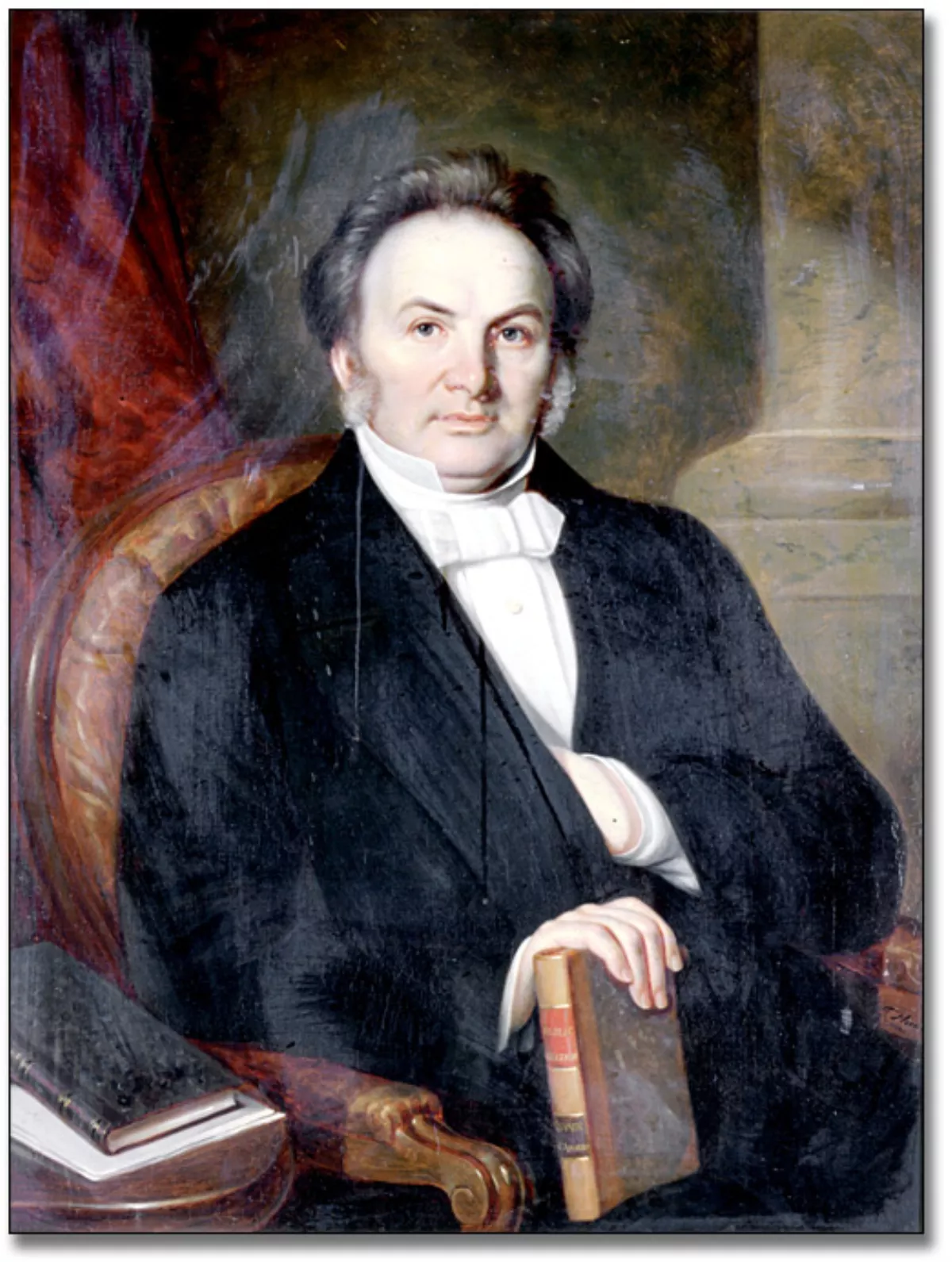 1.
1. Adolphus Egerton Ryerson was a Canadian educator, author, editor, and Methodist minister who was a prominent contributor to the design of the Canadian public school system.

 1.
1. Adolphus Egerton Ryerson was a Canadian educator, author, editor, and Methodist minister who was a prominent contributor to the design of the Canadian public school system.
An advocate against Christian sectarianism and control of Upper Canada by the wealthy Anglican elite, Egerton Ryerson staunchly opposed Clergy Reserves and promoted a system of free public education in Canada.
Conversely, Egerton Ryerson was passionate about Christianization, favouring missionary work and protesting the removal of the Bible from Ontario schools.
Egerton Ryerson was appointed as Chief Superintendent of Education for Upper Canada by Governor General Sir Charles Metcalfe in 1844, where he supported reforms such as creating school boards, making textbooks more uniform, and making education free.
Egerton Ryerson was involved in formulating and founding the Indian residential school system.
Egerton Ryerson joined the Methodist Episcopal Church at 17, and was forced to leave home by his Anglican father.
Egerton Ryerson was appointed as a missionary to the Mississaugas of the Credit in 1826, while still on probation as a Methodist missionary.
Egerton Ryerson was experienced as a farmer and taught them about crops and crop rotation, fencing, etc.
Egerton Ryerson emerged as Episcopal Methodism's most articulate defender in the public sphere by publishing articles and later books that argued against the views of Methodism's chief rival John Strachan and other members of the powerful Family Compact.
Egerton Ryerson was elected to serve as the founding editor of Canadian Methodism's weekly denominational newspaper, the Christian Guardian, established in York in 1829 and which was Canada's first religious newspaper.
Egerton Ryerson used the paper to argue for the rights of Methodists in the province and, later, to help convince rank-and-file Methodists that a merger with British Wesleyans was in their best interest.
Egerton Ryerson was castigated by the reformist press at that time for apparently abandoning the cause of reform and becoming, at least as far as they were concerned, a Tory.
Egerton Ryerson resigned the editorship in 1835 only to assume it again at his brother John's urging from 1838 to 1840.
In 1840 Egerton Ryerson allowed his name to stand for re-election one last time but was soundly defeated by a vote of 50 to 1.
In 1836, Egerton Ryerson visited England to secure the charter for Upper Canada Academy.
When it was incorporated in 1841 under the name Victoria College Egerton Ryerson assumed the presidency.
Egerton Ryerson fought for many secularization reforms, to keep power and influence away from any one church, particularly the Church of England in Upper Canada which had pretensions to establishment.
Egerton Ryerson set the groundwork for compulsory education, which is what it has become today, he ensured that curriculums were made and that teaching and learning materials were provided and delivered to Schools, in the result of the best possible education.
Egerton Ryerson did not believe that white and Aboriginal children should be taught in the same schools due to their different civilization and their upbringings.
Egerton Ryerson observed that previous educational legislation, most notably the Common School Act of 1843, was ineffective due to the limited powers of authority of the Superintendent of Schools.
Egerton Ryerson recommended, although it did not become part of the legislation that followed from the 1846 bill, that as a savings measure the offices of Clerk of the District and District Superintendent be combined.
Egerton Ryerson was responsible for developing the first Ontario Readers for Canadian students to replace British, Irish and American textbooks.
Egerton Ryerson's convictions on the matter were strengthened after studying systems of education in New York State and Massachusetts where financial provision for education was a cardinal one.
Egerton Ryerson pointed out that, in Toronto alone, less than half of the 4,450 children in the city were regular school attendees.
Egerton Ryerson said that enshrining the racist tendencies of Upper Canadians into law would be "a disgrace to our Legislature", and attempted to force school boards establishing segregated schools to admit Black students, encouraging their families to mount lawsuits when they wouldn't.
Egerton Ryerson replied with a five-page handwritten letter, later printed in 1898 as an appendix to a report on residential schools by the Indian Affairs Department.
Egerton Ryerson's recommendations were adopted by the Indian Affairs Department.
Egerton Ryerson was not directly involved in the setup or running of the residential school system, involved as he was in the Common Schools of Canada West and Ontario and the Normal School.
Secondary literature on Egerton Ryerson focuses on his role in the development of the Ontario public school system.
Egerton Ryerson had a direct role in the Ontario public education system, as described in several scholarly works on the subject.
The park, named for Egerton Ryerson, will be renamed at the request of 1,000 residents of Owen Sound.
The park, named for Egerton Ryerson, will be renamed at the request of 1,000 residents of Owen Sound.
On 26 April 2022, Egerton Ryerson University announced its renaming to Toronto Metropolitan University.
Egerton Ryerson died in 1832, soon after the birth of their second child.
Egerton Ryerson died on 19 February 1882 after an extended illness.
Egerton Ryerson lived nearby to the Normal School, at 171 Victoria Street just north of today's Dundas Street.